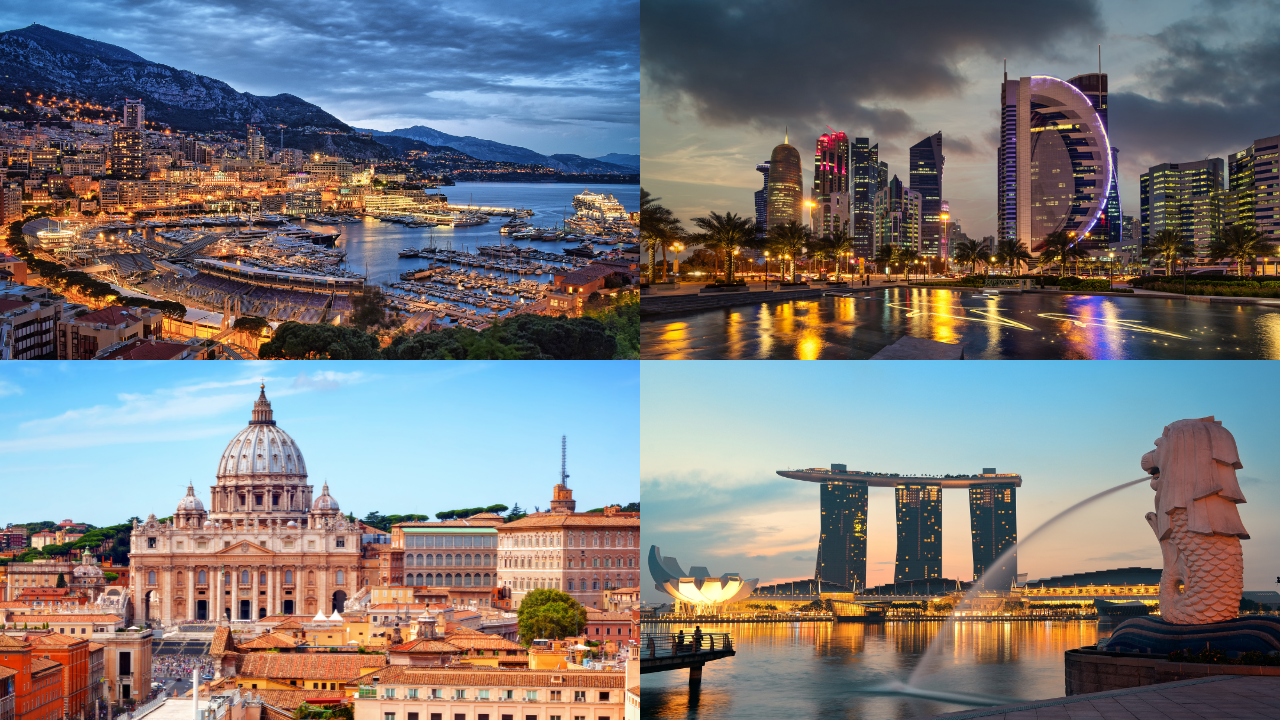
National parks are essential for the conservation of the natural environment, biodiversity and wildlife. They provide a protected space for natural landscapes and offer a unique experience to visitors. However, not all countries have designated national parks within their borders. Here’s a detailed look at eight countries that don’t have national parks.
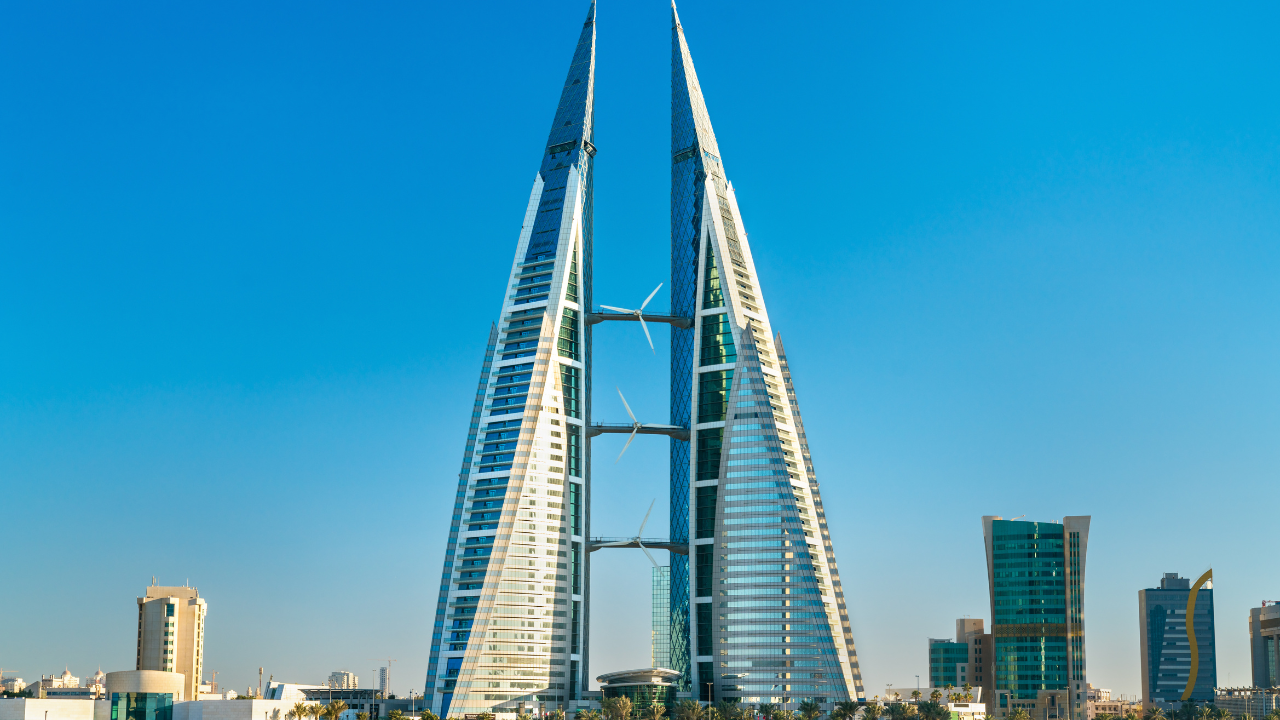
bahrain
Bahrain, a small island nation in the Arabian Gulf, is known for its oil wealth, modern infrastructure and urbanized landscape. Despite its natural beauty, Bahrain has no national parks. The country is characterized by desert terrain, coastal areas and small islands, which are more suitable for urban development than conservation areas. Bahrain has some nature reserves, such as Al Areen Wildlife Park, which is home to local wildlife and offers a glimpse of Bahrain’s natural heritage. However, it does not fit the definition of a national park, as it is a wildlife sanctuary rather than a vast, protected natural area. Due to Bahrain’s small size and dense development, large-scale national parks are not possible. The country is working on increasing its green spaces and protecting coastal areas, but national parks are still absent from the landscape.
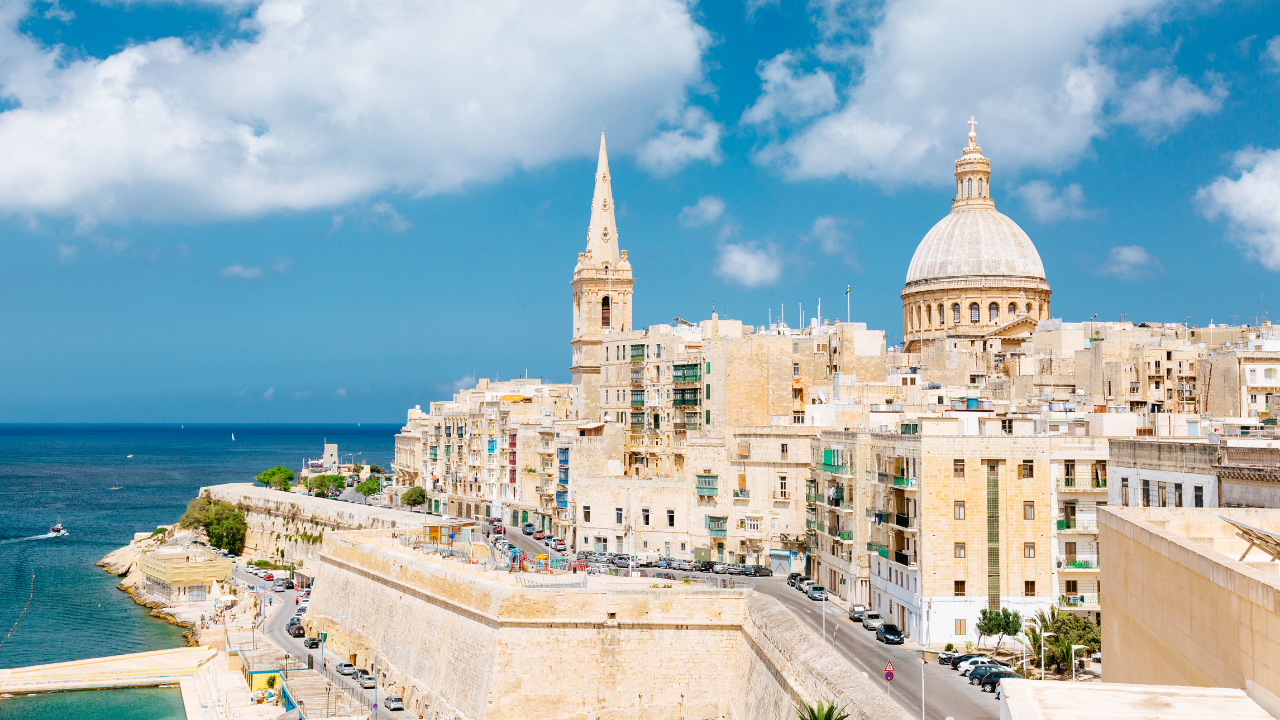
malta
Malta, an archipelago in the Mediterranean Sea, is known for its rich history, archaeological sites and stunning coastline. However, there are no designated national parks in the country. Malta’s relatively small land area (approximately 316 square kilometres) and its highly developed nature limits the scope for the establishment of national parks. The country is extensively urbanized, with most of its land used for housing, agriculture and tourism. Although Malta does not have national parks, it does have a number of nature reserves and protected areas, such as the Ghdira Nature Reserve and Foresta 2000, which focus on the conservation of local flora and fauna. These sanctuaries serve as protected areas for wildlife, but are not classified as national parks. Malta’s landscape, consisting of cliffs, valleys and rocky beaches, is well preserved, but national parks are not part of its conservation system.
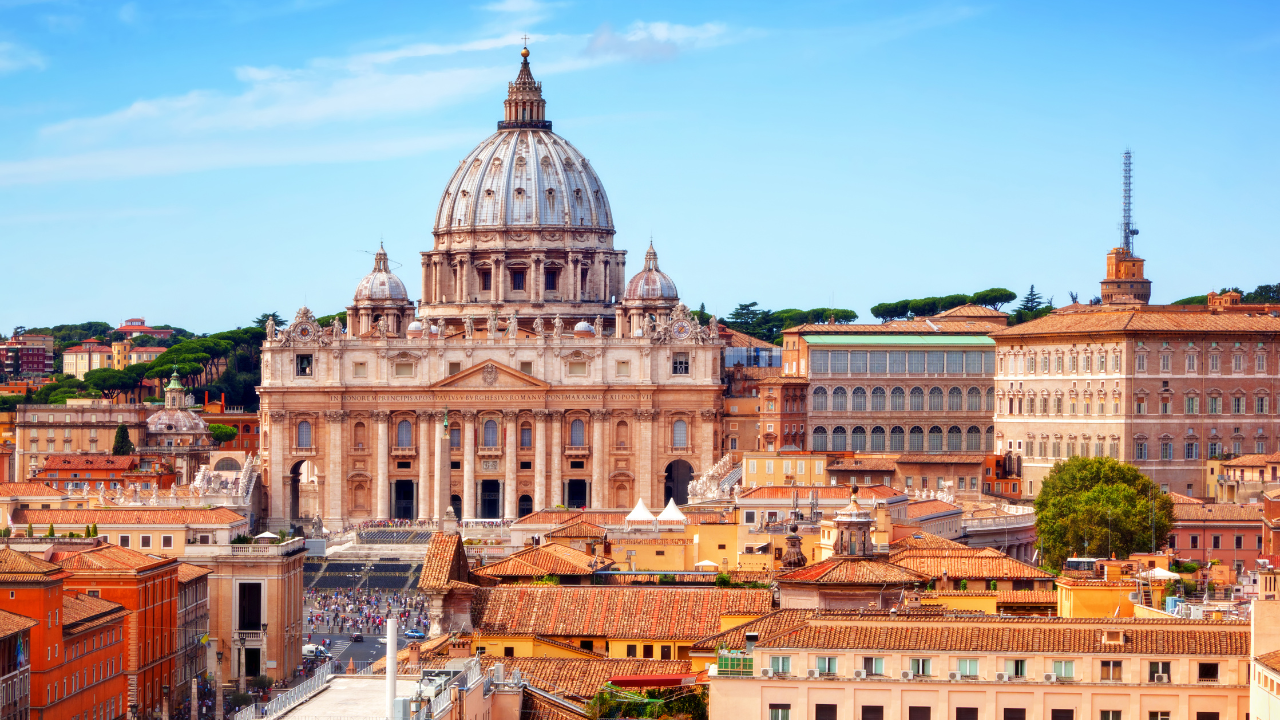
Vatican City
Vatican City, the world’s smallest country, is completely urbanized and does not have the space to accommodate national parks. As a sovereign city-state completely surrounded by Rome, it is home to important religious, cultural and historical sites, including the Vatican Gardens. These gardens are private, green areas within the Vatican, but are not considered national parks. Vatican City’s limited space means that environmental protection takes a back seat to its religious and cultural role. Although there are green areas, their primary purpose is not ecological conservation or tourism, the way national parks are intended. Vatican City is focused on its religious and historical importance, making the establishment of national parks impractical.
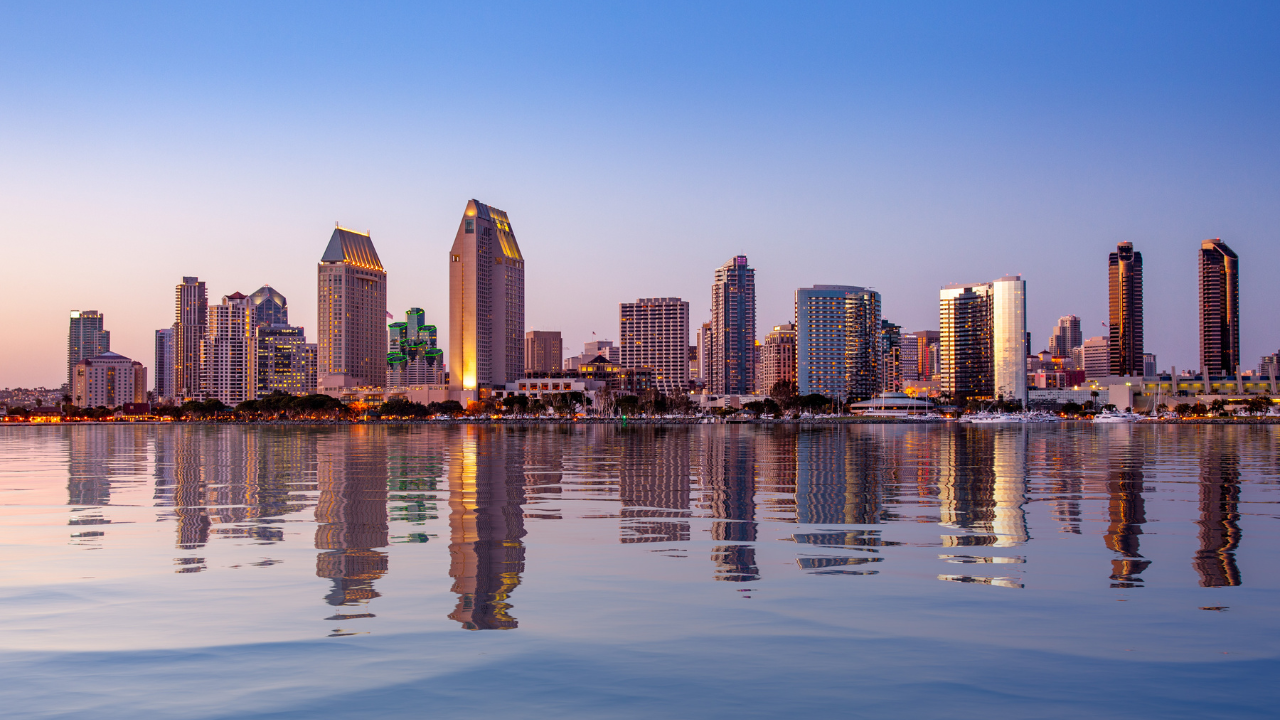
San Marino
San Marino, a landlocked country surrounded by Italy, is one of the smallest countries in Europe. Despite its mountainous terrain and natural beauty, San Marino does not have national parks. The country is highly urbanized, with its historic center and towers being major attractions. Most of the land has been developed for agriculture and urban life. However, San Marino has some nature reserves and protected areas. The Monte Titano area, a UNESCO World Heritage Site, is the most important natural area, with rugged terrain and beautiful views. Although these protected areas exist, they are not formally recognized as national parks. Due to the size and urban nature of the country, it is not feasible to establish a national park.
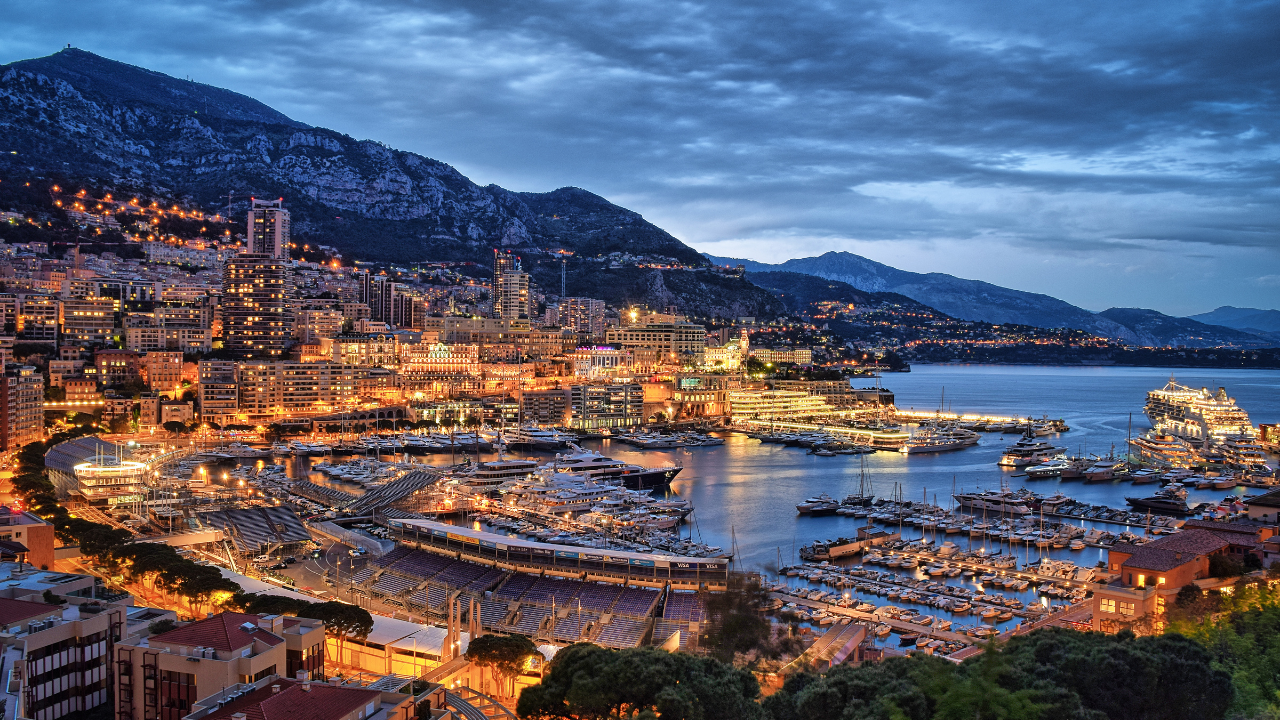
monaco
Monaco, a small city-state on the French Riviera, is famous for its luxury, casinos and stunning Mediterranean views. Monaco’s urbanization is so intense that it has no room for national parks. The country’s small size (only 2 square kilometres) leaves little room for large natural reserves or protected areas. The environment is carefully managed, and Monaco has some green spaces, such as the Japanese Garden and Princess Grace Rose Garden, which are more ornamental than ecological parks. Additionally, coastal areas are protected for conservation, but they do not fit the definition of national parks. Monaco’s focus remains on urban development and tourism, with little space devoted to large-scale nature conservation.
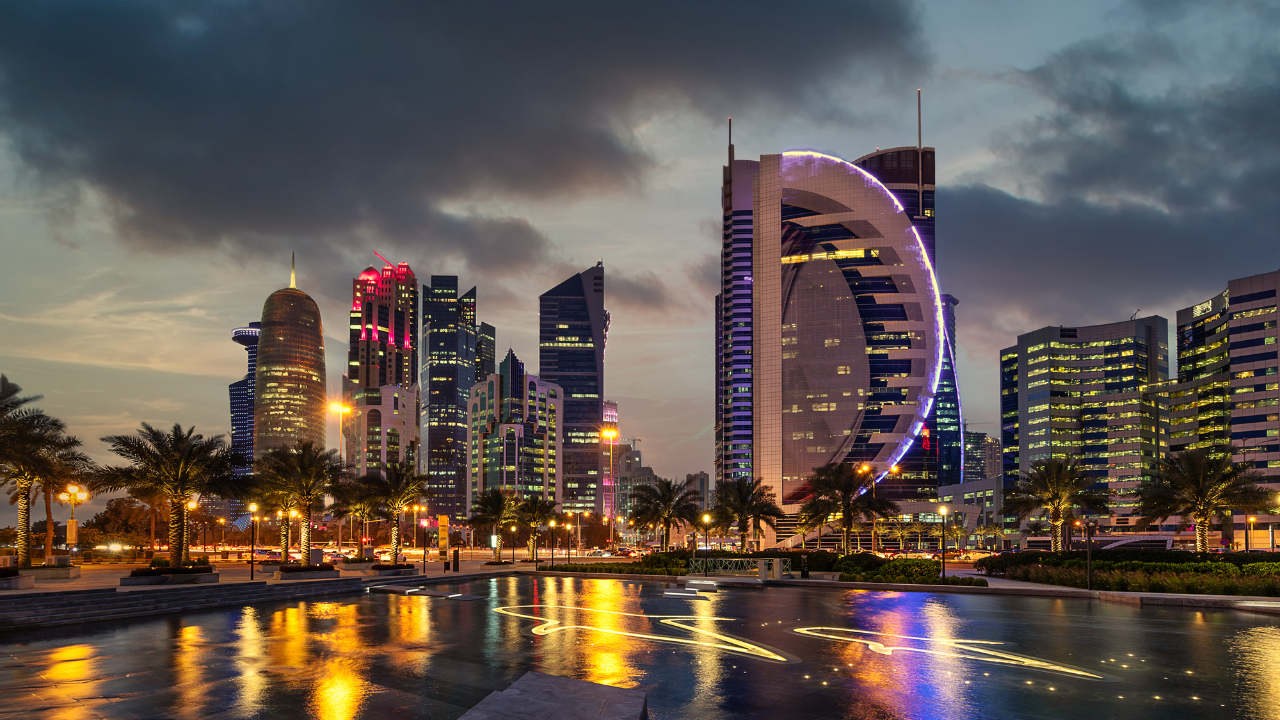
Queue
Qatar, a prosperous Gulf country known for its modern skyline and vast desert landscapes, lacks national parks despite its vast natural areas. The country is predominantly desert, and most of the land is used for oil production, urbanization and infrastructure development. The Qatari government has focused conservation efforts on wildlife conservation areas such as the Al Thakhira Mangroves and Al Reem Island, but these are not classified as national parks. Qatar’s environmental policies focus more on sustainable development and green initiatives, such as eco-friendly architecture and the creation of green spaces within urban centres. However, large desert areas are not suitable for establishing national parks due to the harsh environment and development priorities of the country.
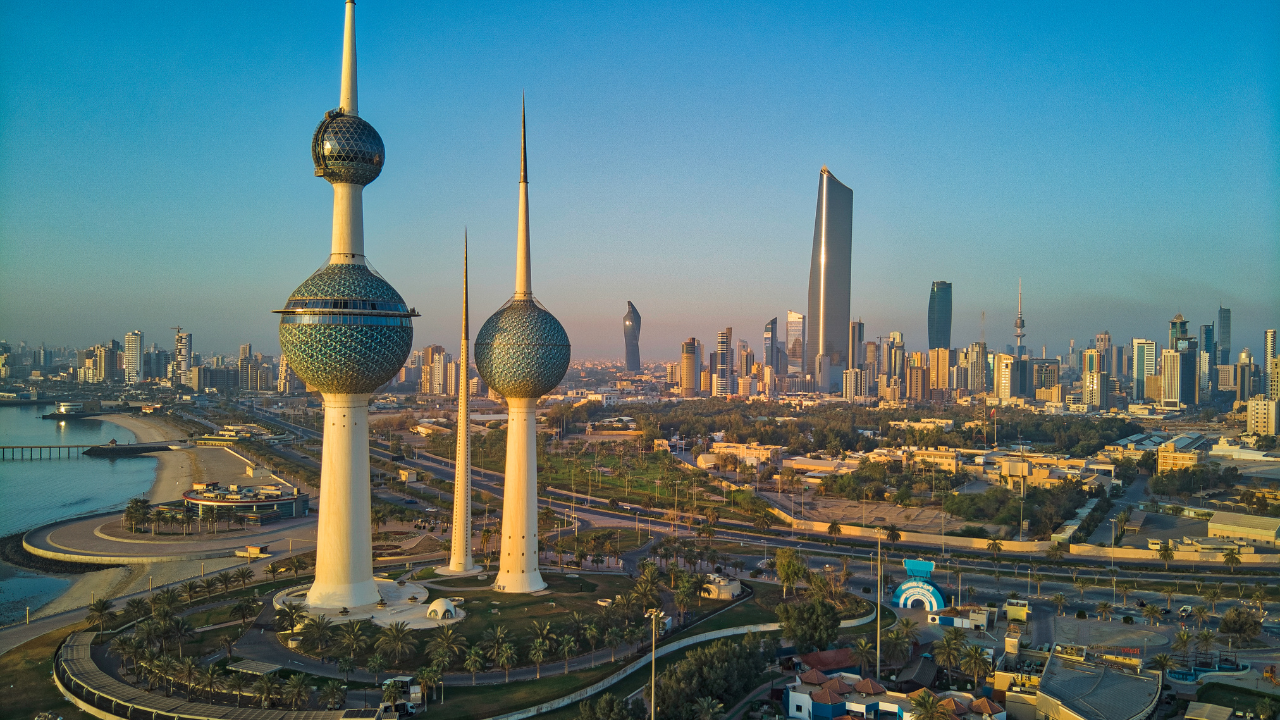
Kuwait
Kuwait is another small country in the Arabian Peninsula that does not have national parks. While there are some nature reserves in the country, such as Sulabikhat Bay Nature Reserve and Jahara Pools Nature Reserve, they are not formally classified as national parks. Kuwait’s desert climate and extensive urbanization make large-scale nature conservation challenging. Kuwait’s small size and lack of dense natural landscape prevent the establishment of traditional national parks. The country focuses on protecting coastal and wetland areas, but the concept of national parks has not been widely adopted. Kuwait’s conservation efforts primarily involve small, locally protected areas.
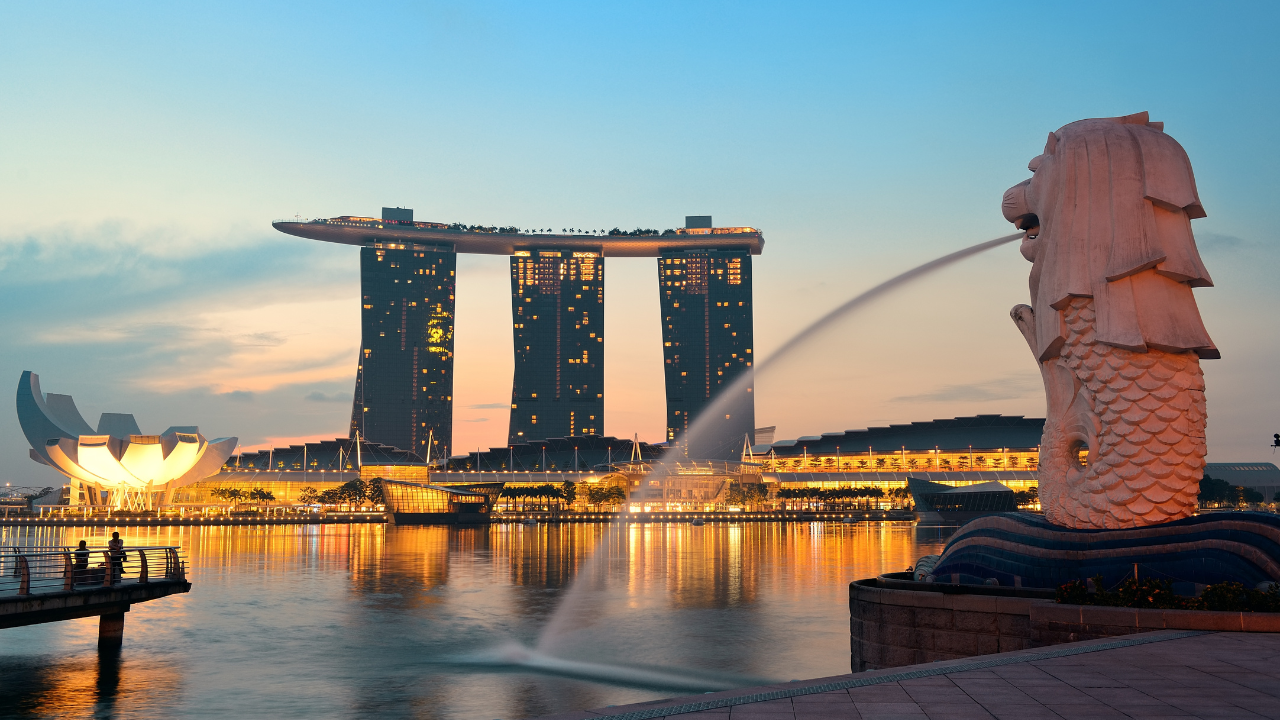
Singapore
Singapore, a highly urbanized island city-state, is known for its efficient public transportation, impressive skyline, and green initiatives. Despite its small size, Singapore has some notable green spaces, such as the Gardens by the Bay and the Singapore Botanic Gardens, both of which attract millions of tourists. However, the country does not have national parks in the traditional sense. Singapore has some protected nature reserves, including the Central Catchment Nature Reserve and the Bukit Timah Nature Reserve, but these focus more on wildlife and ecological research than tourism. The concept of national parks is not fully implemented due to the country’s dense urbanization and limited natural space. Singapore’s environmental strategy revolves around balancing urban growth with green spaces rather than establishing vast national parks.


